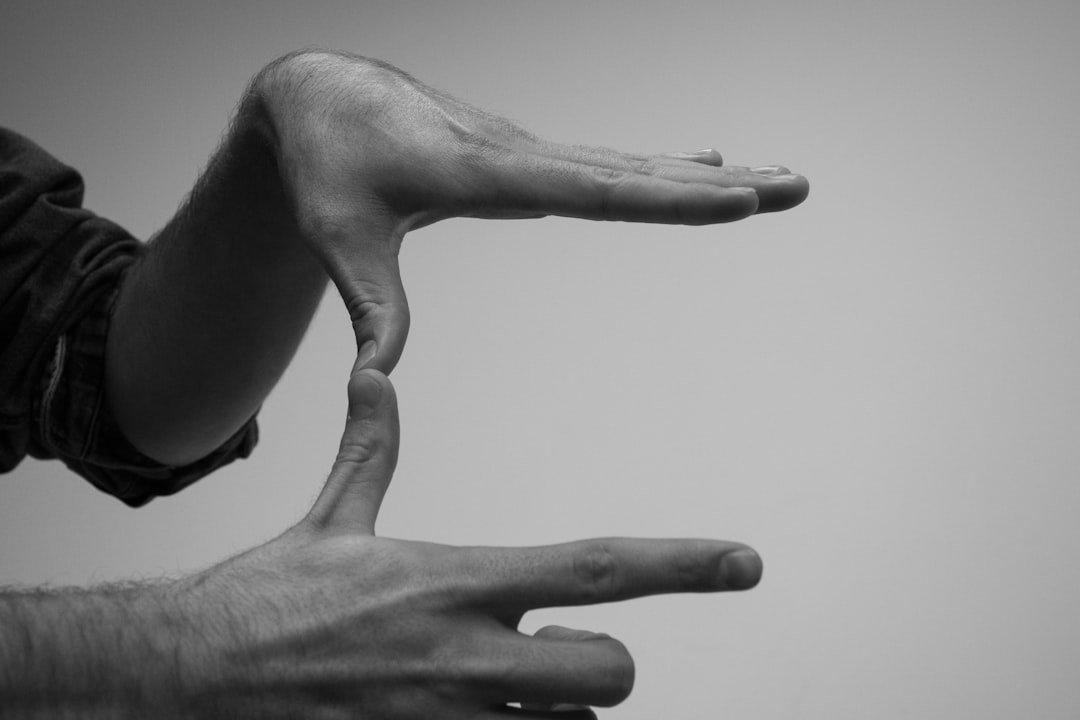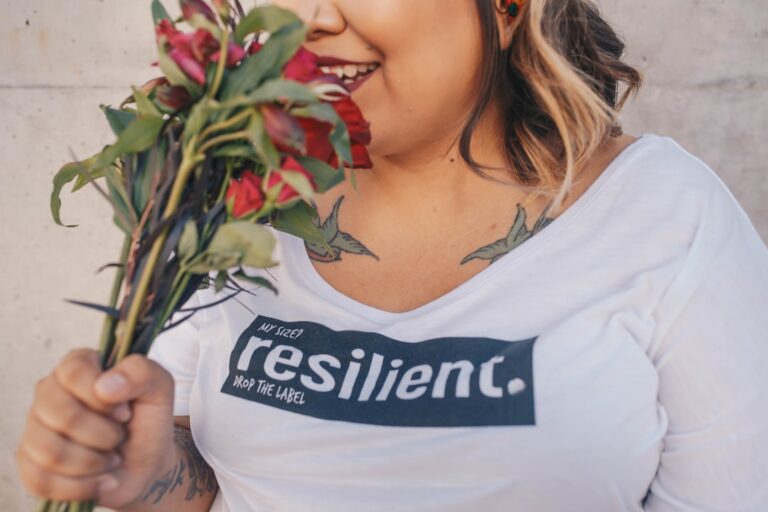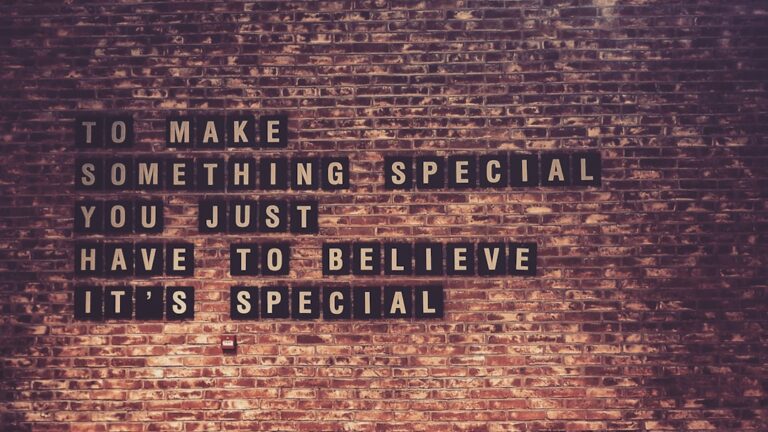
Did you know that most of what you're saying isn't coming from your mouth?
It’s true. We spend so much time choosing the right words but often forget that our bodies are speaking a language of their own. Sometimes they shout over our words completely. I know this firsthand. When I was over 110 pounds heavier and stuck in unhealthy habits, my body language screamed insecurity. I’d slouch to seem smaller. I’d avoid eye contact. I’d cross my arms to build a wall around myself. My body was telling a story of shame and discomfort even when I tried to act confident.
Changing my life wasn't just about changing my habits. It was about learning to carry myself with a new sense of purpose. It was about letting my body language reflect the strength I was building on the inside. This isn't about faking it. It's about aligning your physical presence with who you truly are or who you are striving to be.
Here are 20 tips that have helped me communicate with more confidence and connect more deeply with others.
Your Foundation: How to Project Openness
Your posture and basic stance set the stage for every interaction. Think of it as your communication baseline. Getting this right makes everything else easier.
-
Stand Tall. Imagine a string gently pulling you up from the top of your head. Let your spine straighten. This one change alone signals confidence to others and even makes you feel more self-assured. It’s the opposite of slouching to hide.
-
Pull Your Shoulders Back. Don’t force them into an unnatural military position. Just gently roll them back and down. This opens up your chest and makes you appear more open and relaxed. It physically counters the posture of stress and anxiety.
-
Uncross Your Arms and Legs. Crossed limbs create a physical barrier. They can make you look defensive closed off or disinterested. Keep your posture open to signal that you are receptive and engaged.
-
Keep Your Hands Visible. Hiding your hands in your pockets or behind your back can come across as untrustworthy. Our brains are wired to see hands as a sign of safety. Keep them in sight preferably with open palms to show you have nothing to hide.
-
Offer a Firm Handshake. A weak handshake can signal insecurity while a bone-crushing one can feel aggressive. Aim for a firm confident grip that matches the other person's pressure. It’s often the first physical contact you have and it sets a powerful first impression.
Building Connection and Trust
Once your foundation is solid you can use more specific signals to build a real connection with the person you’re talking to.
Master Eye Contact
This is a big one. Avoiding eye contact can make you seem dishonest or shy. Staring too intensely can feel intimidating. The key is balance. Look at the person long enough to show you’re listening (usually 3-5 seconds) then briefly glance away before re-engaging. This shows you're present without making them uncomfortable.
Angle Yourself Towards Them
When you’re interested in someone or what they're saying you naturally turn your body towards them. If your feet and torso are pointed towards the door it sends a clear signal that you want to leave. Consciously angle your body towards the speaker to show them they have your full attention.
Use a Head Tilt
A slight tilt of the head is a near-universal sign of listening and engagement. It shows curiosity and that you’re processing what they're saying. It’s a simple non-verbal way to say "Tell me more."
Subtly Mirror Their Body Language
This is a powerful tool for building rapport but it must be done with care. If the other person leans in you can lean in slightly. If they use a hand gesture you might use a similar one a few moments later. This isn't about being a copycat. It’s about creating a sense of harmony and showing that you are on the same wavelength.
Show You're Truly Listening
In a world full of distractions giving someone your undivided attention is one of the greatest signs of respect.
Put Your Phone Away
This should be obvious but it’s the most violated rule of modern communication. Placing your phone face down on the table is better than holding it but putting it away completely is best. It sends a powerful message: "You are more important than anything that could be happening on this screen."
Nod to Show Agreement
You don’t have to bob your head constantly. A simple slow nod while someone is making an important point shows you’re not just hearing them you’re understanding and agreeing. It encourages them to keep talking.
Lean In Slightly
Leaning back can seem casual but also disinterested. Leaning in just a little shows you are captivated by the conversation. It’s a physical way of moving closer to their words and ideas.
Common Mistakes to Avoid
Sometimes what you don't do is just as important as what you do. Be mindful of these negative signals that can shut down a conversation.
- Fidgeting. Tapping your fingers clicking a pen or shaking your leg can signal boredom nervousness or impatience. Try to keep your movements calm and deliberate.
- Touching Your Face or Neck. Constantly touching your nose mouth or rubbing your neck are common signs of stress or discomfort. They can make you appear less confident and even untruthful.
- Checking the Time. Whether you’re looking at your watch or your phone this is one of the clearest ways to signal you’re bored and want the conversation to end.
- Invading Personal Space. Everyone has a different comfort zone. Pay attention to their cues. If they step back give them that space. Being too close can feel aggressive or just plain awkward.
- Forcing a Smile. A real smile reaches your eyes. A fake one doesn't. People can spot it from a mile away. It’s better to have a pleasant neutral expression than a plastered-on fake smile.
- Pointing. A pointed finger can feel accusatory and aggressive. If you need to gesture try using an open hand instead. It feels much more collaborative and friendly.
- Blinking Too Much. Rapid blinking is a classic sign of distress or nervousness. Try to maintain a normal natural blink rate.
- Scowling or Frowning. You might not even realize you’re doing it. If you’re concentrating or thinking you might naturally frown. Be aware of your "resting face" and try to keep it neutral or gently pleasant.
Changing your body language won't happen overnight. It’s a skill like any other. It takes practice and awareness. But it’s not about becoming a different person. For me that confidence ultimately comes from a deeper place. It’s rooted in my faith and the understanding that my worth isn't defined by others' fleeting opinions. My body language is now just a reflection of that inner truth.
So here’s my challenge for you: Pick just one of these tips. Maybe it’s standing a little taller during your meetings or putting your phone completely away during your next conversation with a loved one.
Which tip will you try first?





